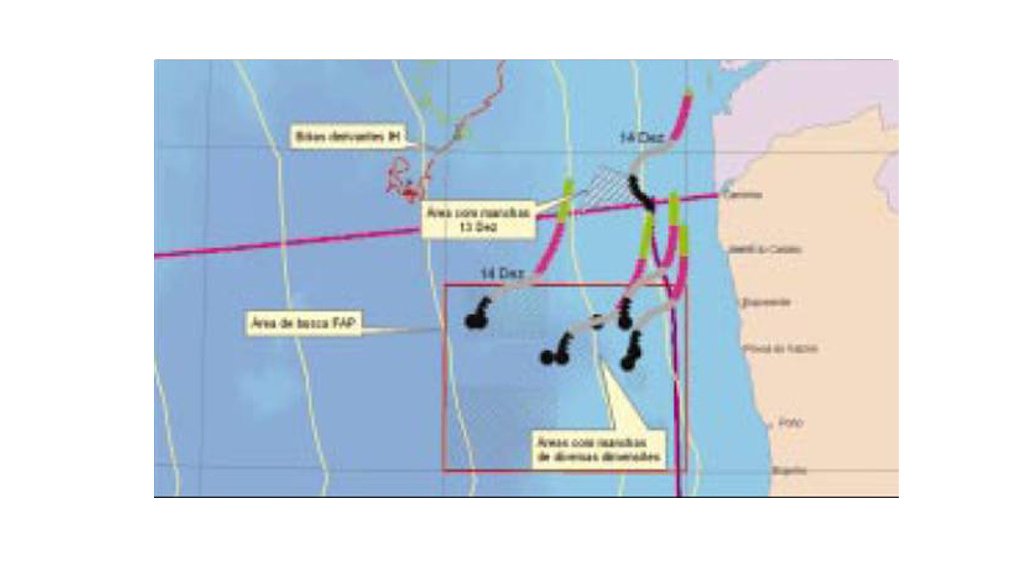Prestige
Prestige
On 13 November 2002, the Prestige oil tanker of 243 meters carrying 77 000 tonnes of fuel was damaged in the hull off Cape Finisterra. After the crew left the ship, the ship sank on 19 November, about 240 km west of Vigo. On the 14th, the Hydrographic Institute (HI) began monitoring the situation, executing the first prediction of drift from oil spills marked by Spanish surveillance. Subsequently, on November 18, an operational structure was implemented at the HI to ensure the acquisition, processing, production and dissemination of relevant technical-scientific information. This technical-operational structure consisted of a core of 12 elements, 10 from the Division of Oceanography and 2 of the Center of Technical-Scientific Data and also by elements of another functional area of the HI, such as the Multimedia and Public Relations Offices.
In order to predict the trajectories of the drift of the fuel stains, the HI used as a base tool the DERIVA model, developed in the Division of Oceanography. This model basically considers the action of the wind on the objects floating on the surface of the water and the influence of the maritime agitation. For the validation of the model results, four floating systems with satellite positioning system were launched near the sinking site, by helicopter and by ship. These systems proved to be very useful and this methodology was followed up by the French and Spanish bodies responsible for monitoring the Prestige situation. Since the DERIVA base model is more suitable for open sea situations, to correct it with coastal phenomenologies, two models were developed in the Oceanography Division, within the scientific projects MOCASSIM and PAMMELA2: the HOPS circulation model ( Havard Operational Prediction Survey), which allows for the prediction of surface currents and depth, and the simulation model for coastal wave SWAN (Simulating Waves Nearshore), which also allows estimation of surf characteristics and coastal drift currents. The meteorological forcing in these two models was carried out using meteorological and sea agitation information of the United States Navy (FNMOC) and / or European meteorological centers. Meteorological information from the French high resolution model ALADIN, provided by the Institute of Meteorology, was the form used to feed the HOPS model.
For the storage, processing, integration, analysis and presentation of the information obtained by the monitoring cell, the IH used the geographic information systems (GIS). The information considered in the GIS originated from the base cartography, the detection and location of the traces of the spill obtained from flights carried out by the Air Force and Navy ships in the drifting systems launched and followed by a constellation of satellites that daily transmitted the data satellite imagery made available by ESA (European Space Agency) and the prediction of drift of the traces of the spill calculated from the models.
All this information was integrated in a very fast way in the ESRI ArcGIS 8 SIG, allowing a very flexible analysis of the situation to be transmitted in an enlightening way, in each period, the situation of the incident, with daily reports, maps and images used in the press conferences and made available in digital format via Internet for the media and national and foreign scientific activity centers.










